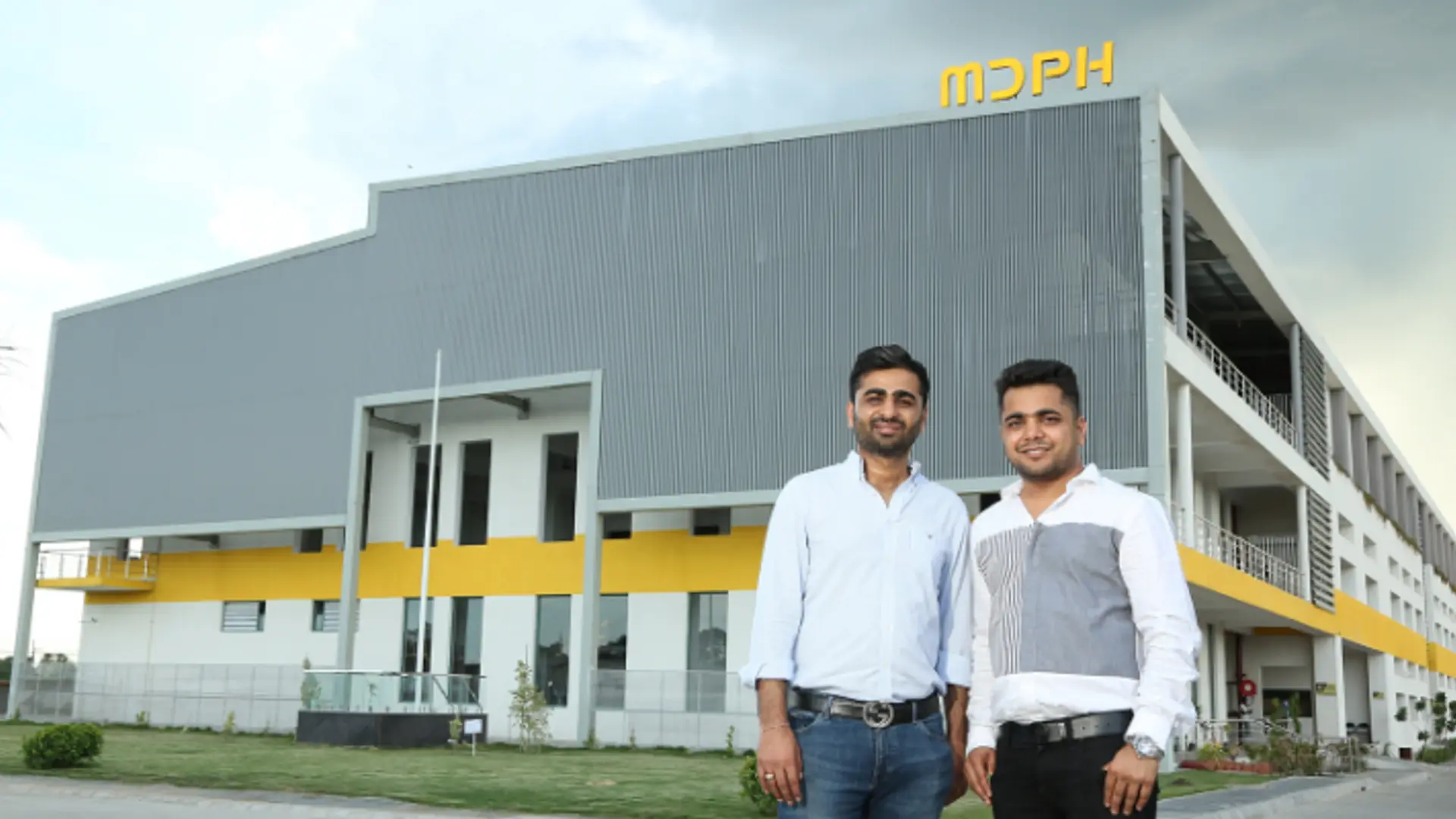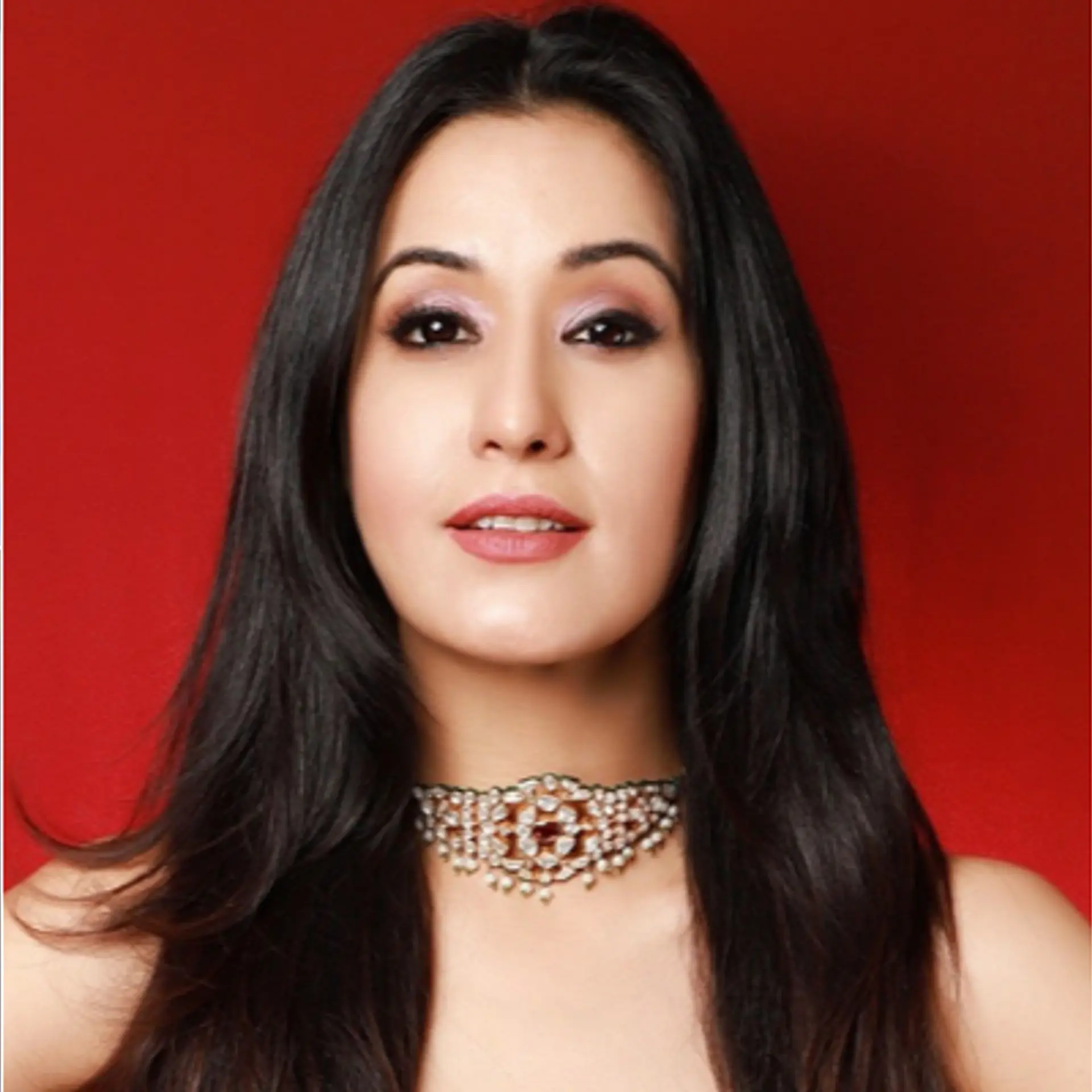How D2C fashion has transformed the online fashion industry in India
From faster feedback cycles from customers and allowing smaller brands to scale faster to tech solutions for personalised fashion experience, D2C has transformed the online fashion space in India.
The touch and feel of the fabric, trying a new style in a trial room, the experience of trying 10s (or more) to finally buy that 1 (or more) style which flatters you the best is what characterises a typical shopping experience in fashion.
However, this underwent a massive shift in the mid-late 2000s with the rise of online shopping. Ecommerce firms like Myntra, Jabong, and others changed the way fashion was experienced and bought. Unlimited choices, great discounts, doorstep delivery, and easy exchange/returns were now characterising the fashion shopping experience.
While these fashion marketplaces continued (and still do) to cater to the consumers at scale, another shift in the mid-2010s was how fashion could be bought and consumed, which was transformed by the boom of D2C fashion brands in India.
One of the key factors that enabled this D2C boom was the consistent increase in internet accessibility in the country, which rose from 7.5% in 2010 to >41% in 2019. This was further fuelled by the ‘Jio Effect’, an unparalleled infrastructure and marketing-breaking pricing, leading to a 3x increase in internet penetration in the rural areas between 2015 and 2020.
What has further accelerated this boom, especially in the last two years, is the pandemic and its implications on the shift in the purchasing preferences of consumers. Even the erstwhile brick and mortar stores now have an online presence, a greater number of customers have now become accustomed to online shopping, which has only strengthened and enabled new players to go digital first.
Within the larger ecommerce industry, fashion (apparel and lifestyle in particular) is the second largest category, contributing ~25% of the total ecommerce industry, according to India Retailing. With increased internet access and parallel exposure to online media, increased disposable incomes, and heightened aspirations for better lifestyle, online fashion shopping experience is now categorised by a strong brand connect, personalised experience, and fresh and unique offering at frequent intervals.
D2C has completely transformed the online fashion space, and there are 5 major phenomena to explain this shift:
Faster feedback cycles and deeper listening from customers that can be incorporated in overall business offering and product development cycles:
Fashion has always been ever changing, and has seen even radical shifts in consumer preferences in the post-covid times. D2C enables brands to collect rich customer data at a scale which is impossible to get with retail, and is out of access via marketplaces. Fashion brands find themselves in a cycle of continuous collection launches, new brand campaigns, tech innovation, enhanced customer experience, etc. A simple tool like email/WhatsApp surveys help them in identifying what they did well and what they need to further improve on.
One of the major reasons why FableStreet as a brand has been able to specialise in fits, which is one the key things to get right while running a fashion business, is because it was able to collect body measurements directly from customers.
Low barriers to entry allowing a small brand to grow and scale faster as compared to requiring huge financial capital needed for retail:
The increase in internet penetration and growing consumer appetite for purchasing fashion online have shaped the Indian fashion ecommerce landscape. Further, with more focused targeting that is possible in digital marketing, a brand can cater to a customer in any location. The barriers to entry and starting any venture are fewer than ever. A few years ago, D2C brands struggled to get beyond the $20million/year mark in revenue, or would take many years to reach there. Today, that landscape has changed completely and we now know of several brands which have crossed the $100 million revenue threshold. This also opens up the taps for more capital flow into the sector fuelling that growth, and D2C fashion brands can get as big and exciting as even a tech-startup.
The concept of season launches in fashion has been replaced with a new drop every few weeks!
As more and more new brands enter the online market, the customer has increasing choices of brands to buy from. The concept of doing 4-6 season specific collections is just not enough to remain relevant and on top of the mind of the customer. Fashion brands, which launch new products/ collections every 1 or 2 weeks, are able to create continued excitement and engagement on social media as well as generate more frequent sales. With focussed supplier networks, adequate product planning, and innovation in supply chain operations, D2C brands can have the shortest product development to launch cycle. This is contrary to retail play, where brands have to plan bulk inventory at least six months in advance and run into liquidation concerns later. D2C allows for this cycle to be as short as 2-3 weeks, leading to huge savings on time and capital, keeping the brand positioning intact, and of course a favourable impact on profitability.
Tech solutions for personalised fashion experience:
While online marketplaces have an incomparable reach and scale of operations, D2C opens up infinite potential for personalisation. Starting with the product itself, we see several fashion brands offering customised tailoring, bespoke fits or options to choose length, sleeve, etc., thereby catering to more customers who may be in between sizes or have certain preferences that necessarily don’t fit the standard garment. With correct sizing and great fits being the biggest movers in fashion, technology has (and will have) a huge role to play in scaling these solutions with fit algorithms and tools that improve the standard sizes with more customer data. While some experimentations are already underway (like AR trial rooms) innovative ways to use AI and AR will further revolutionise the way we shop apparel online in the coming few years.
Ease of access in Tier 2 and Tier 3 cities is same as that of metros:
It is known that Tier 2 and 3 cities are and will record higher growth (than metros) in consumption of fashion and other consumer goods. While a retail only brand is looking to shift or open more stores in these cities, a D2C from Day 1 can reach all locations equally. D2C growth has also led to mushrooming of various companies offering integrated services like delivery, logistics, warehousing, etc., which further enhances its ability to deliver in remote locations as well. Fashion brands are seen to further personalise their offering by creating unique collections for unique use cases like festivals, seasons, type of primary employment, etc. as they differ from one location to another.
Today's customer, when purchasing fashion, is interested in buying the product not just because it will look good on them, but they are equally interested to know the inspiration and story behind it, people behind making that product, and the overall communication and messaging in which the brand connects with them. With increased adoption of online shopping, low barriers to entry and hyper-personalised experiences that D2C channels can create for their customers, it’s only going to get bigger and better from here.
Edited by Megha Reddy
(Disclaimer: The views and opinions expressed in this article are those of the author and do not necessarily reflect the views of YourStory.)







